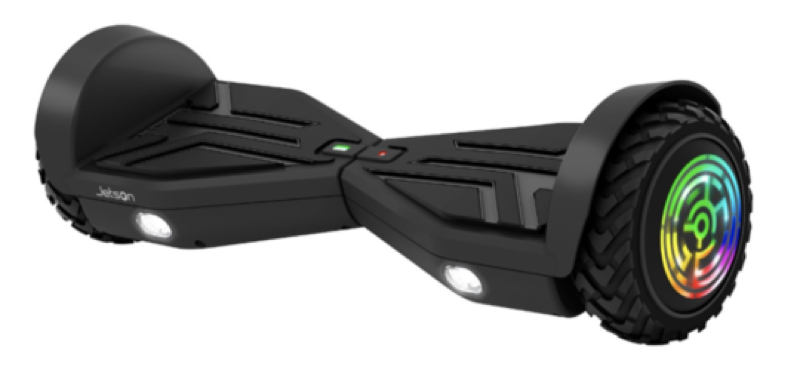Fire_Safety
Member
- Region
- USA
Safety never sleeps! I appreciate your questions and helping clarify things.Mr. Jilani,
Thank you very much for your authoritative, timely, and thorough answer. I absolutely understand.
I do have a question about your response though. It sounds from this passage that an intact "used" battery is not what's prohibited, but rather the harvesting of the cells. - "will prohibit the assembly or reconditioning of lithium-ion batteries using cells removed from used storage batteries and prohibit the sale of a lithium-ion batteries that use cells removed from used storage batteries."
I wouldn't be removing cells, and they were never removed from the original battery. It is a fully intact battery that had been used. - What you said about the hospital batteries is clearly a separate matter. I thought that they might be even safer, and that's what the manufacturer told me was his feeling. (I bought it elsewhere.) And it's also a LifePo4 battery. - BUT, if I had a used, but otherwise authentic and intact UL-certified battery, would this also be a problem? It does not seem so from my reading of that passage.
Thanks again so much for your reply. If you don't have time to respond to my follow-up question, that is no problem at all.
Jeff
A used intact UL-certified battery pack retains its certification so long as it not damaged, defective, or tampered with. It should be used in the intended end product it was designed for. Using an intact UL-certified battery pack in an end product that has never been certified does not mean the end product is certified nor would UL Solution agree that it would be safe to do. Most often battery packs have a safety circuit known as the Battery Management System but how it’s designed to mate with the end product varies greatly. In some cases the BMS relies completely on control circuit safety from the end product and doesn’t have full electronic protection. If you were to ask the battery pack maker they likely will tell you the same, to only use the UL Recognized Battery Pack only in the intended UL Listed end product it was designed for.
Also make sure the certification is to the applicable standard. In the case of e-Bikes and the NYC law, the battery pack requires UL 2271 for safety of light electric vehicle batteries.
Last edited:

